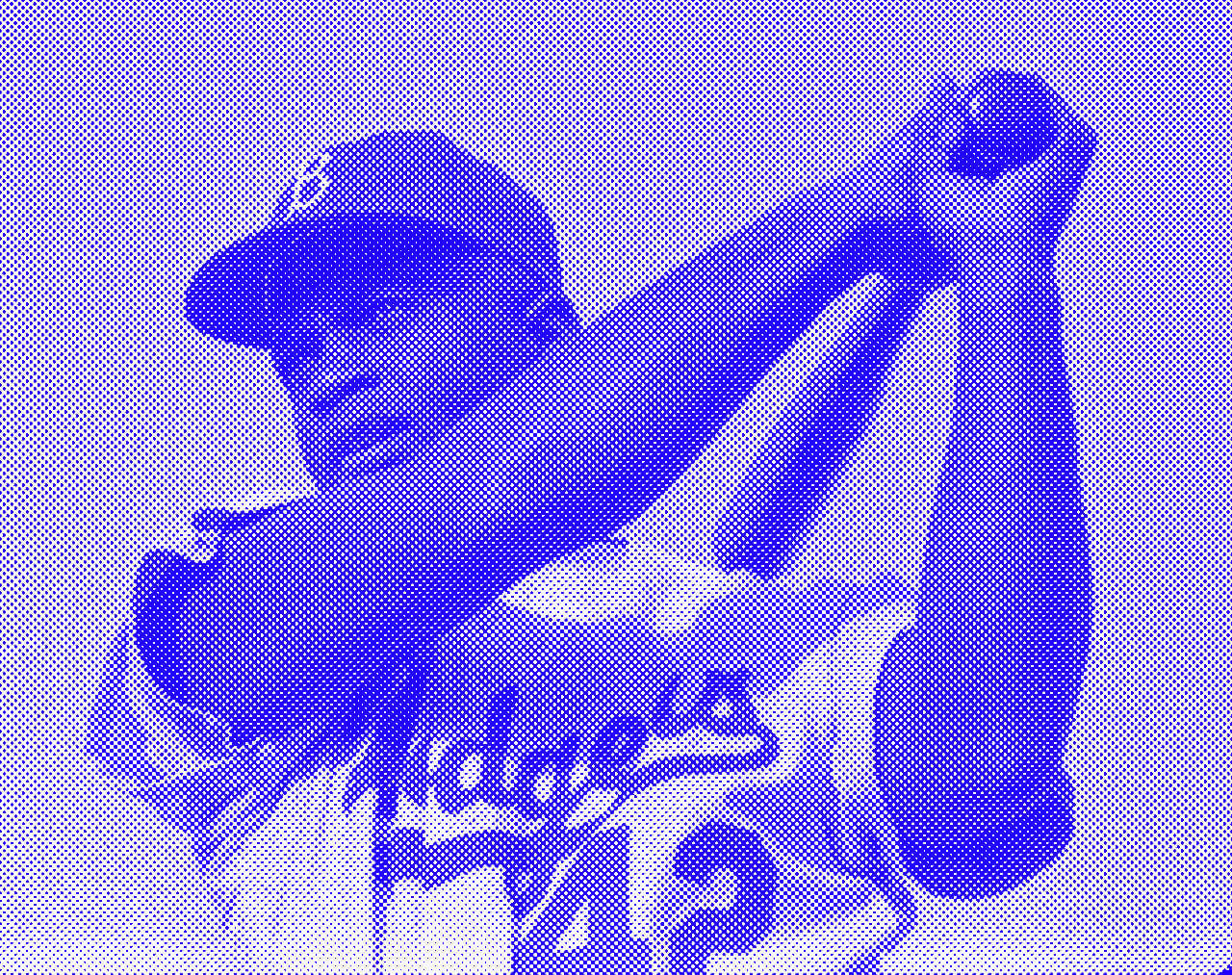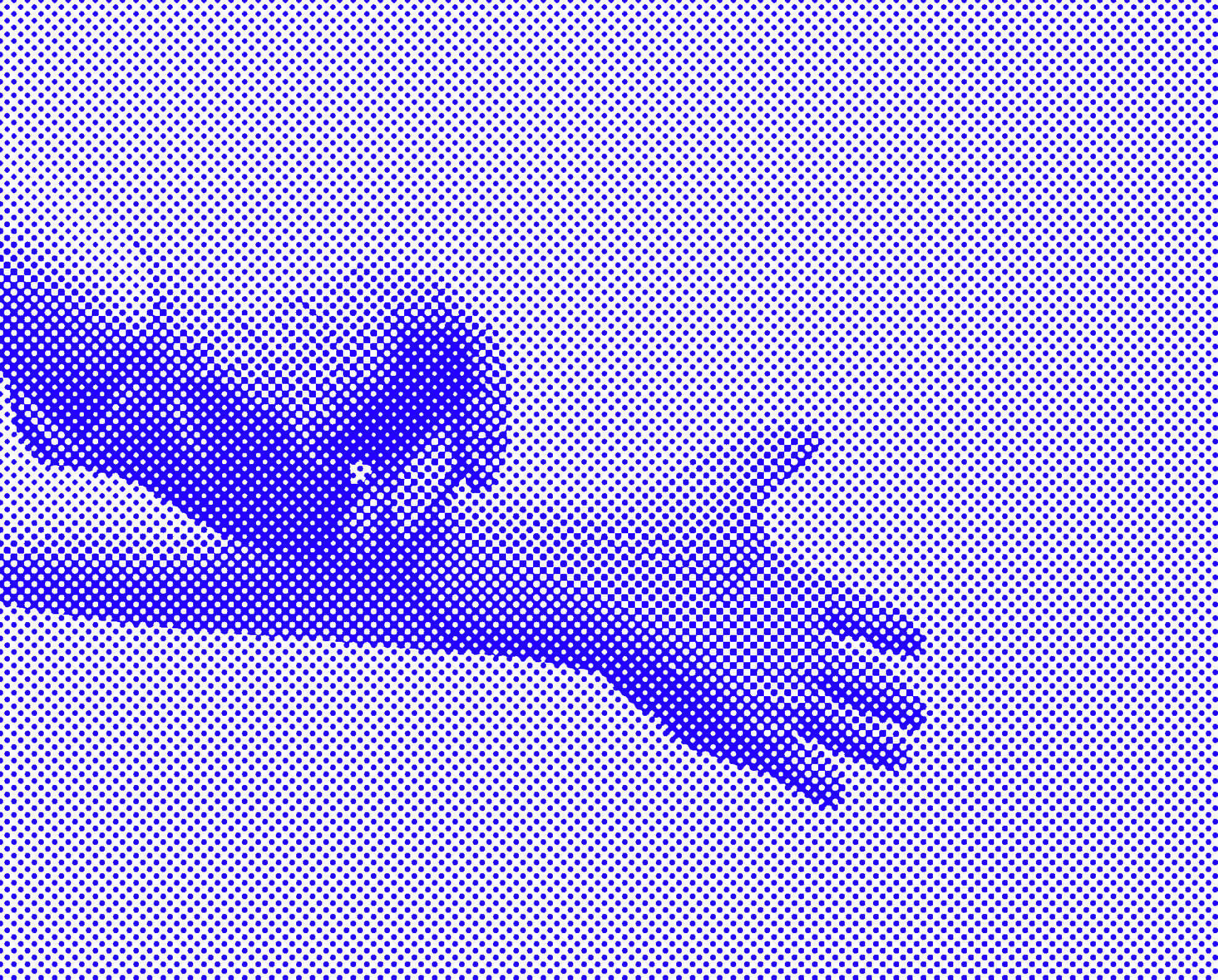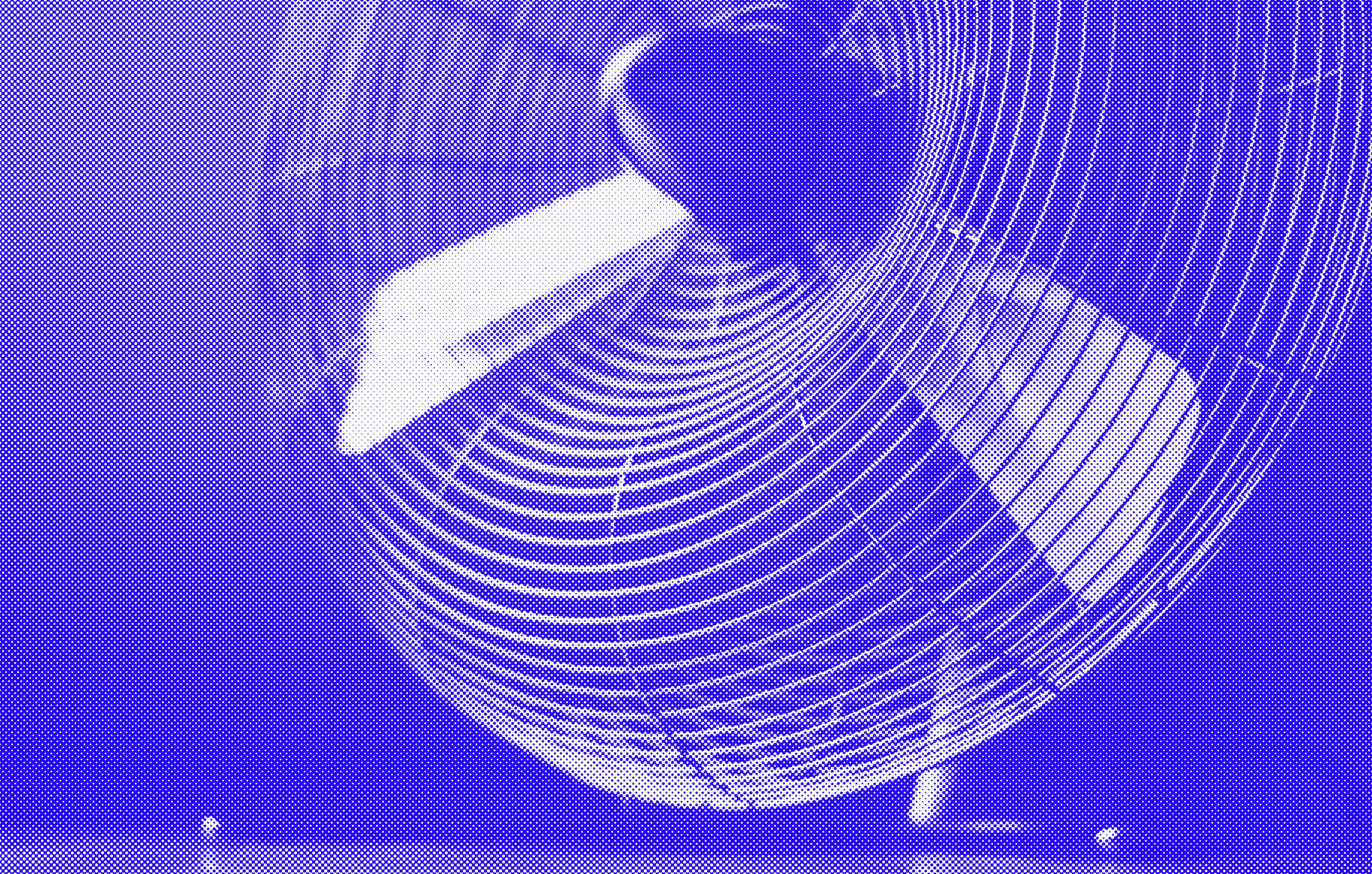How to wash your cap?
The origin of the cap goes back to antiquity. Indeed, the Egyptians wore light linen caps to protect themselves from the sun. In the Middle Ages, peasants and workers wore woolen caps to protect themselves from the cold, and more recently in the 19th century, the cap became popular with sportsmen, especially baseball players, who began wearing caps with their uniforms to protect their eyes and carry their team's flag. Today, the use of this hat has democratized, it has become a common and very popular fashion accessory that can complete any look. Whether worn for practical reasons, or simply to add a touch of style, a cap is often exposed to the elements, to U. V. rays, to sweat, to the sun and to the elements. V rays, sweat, dust and dirt. That's why it's important to know how to wash your caps. With a little polish from time to time and a few tips, you can remove stains, revive colors and give them a second wind.

Analyze his cap.
Baseball cap, 6 panels, 5 panels, trucker, structured, unstructured, wool, leather, cotton, etc. Caution! Before proceeding with a deep cleaning, it is essential to diagnose your cap and its components, because sometimes a tip can make a difference. Not all components of your cap will react the same way, so it's important to know how to wash them so they last over time.
The visor
Some older caps have a cardboard visor, to avoid any unwanted distortion, it is best not to soak them in water. If you want to remove a stain, work locally and try to scrub the cap using as little water as possible.
The crown
Structured/Unstructured. Check the construction of the crown (the part that holds your head). Structured caps have a layer of reinforcing fabric on the front panels to hold the shape of the cap. Overly aggressive washing may create creases that are difficult to remove.
The crown can feature embroidery, patches, or printed logos. Caps can also feature metal eyelets to allow air circulation and prevent excessive sweating.
The cleanliness band
The sweatband is the part inside the crown that is in contact with your head. Depending on the conditions, it can receive a lot of perspiration and at the same time transfer sweat marks to the crown.
The closure
Improper washing may weaken the effectiveness of the closure system. A plastic closure and a metal closure will not react in the same way to water. To prevent rusting, wipe it with a dry cloth.
The logo
Depending on the model, you can find a silk-screen logo, a label or an embroidery. It is important to note that this area must be washed separately from the other parts to avoid damaging it. Subjected to repeated washing or too energetic spinning, it could fade, peel or deform.

The Materials
It is important to note that every cap and every fabric is different, and some cleaning methods are not suitable for all types of materials. It is therefore important to identify the composition and then choose the right procedure to remove stains without damaging the material.
Cotton
Cotton does not require any particular treatment except for waxed cottons which, after maintenance, will need a coat of wax to restore their ability to repel water.
Leather, suede and nubuk.
These natural materials are very fragile and need special care to maintain their original properties. Leather caps can be moisturized with a specific product to nourish the skin, preserve suppleness, and most importantly enhance protection from water.
linen, wool, and delicate material.
Delicate materials need special attention. Very sensitive, they need delicacy so as not to pull a thread or tear the materials that make it up.
Synthetic materials.
Mixes of natural fibers with synthetic fibers are sensitive materials that will react differently in the wash. Therefore, it is important to consider the composition for the following steps.

Cleaning Products
To wash a cap, it is recommended to use mild detergents that will not damage the materials or colors. Here are some common options we recommend for cleaning without damaging.
White vinegar and baking soda
Here are our grandmotherly tips for conducting an effective cleaning at low cost. White vinegar is a natural product, dilute with water it will have the effect of cleaning dust, light stains present on the surface. And in a second time you can make a cleaning of end thanks to baking soda mixed with water to dislodge the remaining bad smells.
Soap, lye
Soap or lye is a great way to clean your cap's crown and visor. Purists and lovers of grandma's recipes will add a pinch of baking soda or white vinegar to strengthen the solution and have a better end result. Indeed, vinegar or baking soda will help remove bad odors and sweat marks in addition to soap or laundry detergent.
Ammonia
Ammonia will be the strongest cleaning solution in our selection, this solution will deep clean stains, but beware of using it on unsuitable fibers, as this product could damage your cap. For the dosage, a spoonful of ammonia for a liter of water is enough, don't forget to rinse the cap well with clear water once finished.
Specialty products
There are specialized cap cleaning products that will remove stains and sweat marks, revive colors ect. They will be more suitable overall and will allow cleaning without totally immersing the cap in water. They will be suitable for example for caps with cardboard visor and other delicate sections.

The different types of washing
The toothbrush
The toothbrush can be a very practical tool for working on surface areas that are precise or difficult to access such as embroidery in relief. It is important to choose a model with soft bristles so as not to damage the material, and to clean in the direction of the grain.
Specialty brushes
They are effective for surface cleaning, they will remove dust and textile fibers on the surface, but will have no action on stains. You will have two options, the classic brush made of synthetic fibers (beware of the hardness of the hair), or more specialized models with soft natural hair such as horsehair which has a non-aggressive natural fiber. The natural solution is therefore the best option, because soft and effective, it will clean without deteriorating.
The washing machine
Beware, it is absolutely not recommended to use the washing machine for multiple reasons. Firstly, this type of washing is aggressive to your hat, the repeated shocks against the walls of the drum will slowly, but surely damage your hat. Second, a poorly chosen program could have a disastrous effect on the fabric and cause it to shrink. If even after these warnings you still want to try your luck then select the most delicate program possible and a low enough temperature for minimum stress on the material. You can use a wash cover for extra protection during the wash cycle.
.
The dishwasher
As explained, previously, the dishwasher is absolutely not recommended if you want to maintain the shape and condition of your cap. For the same reasons specified above, repeated rubbing against the walls will damage your cap and may cause the fabric to shrink.
The pan of hot water
The best option as opposed to the washing machine will definitely remain hand washing with soapy water. To do this, get a pan of hot but not boiling water and add some mild soap or lye to it, and soak your cap in it to soak the different materials that make up the cap. If necessary, choose your brush and start cleaning with gentle scrubbing in the direction of the grain so as not to damage the surface of the textile. Wipe the area with a microfiber towel to remove impurities and repeat the operation until you obtain the desired result. To finish, proceed to one or more rinsing baths with clear water to remove the remaining detergent. You can now move on to the drying step.
.

How to dry a cap
The drying rack
The drying rack can be a solution for drying your cap, however drying your cap in the wrong position can lead to warping. Therefore, it is recommended that you use a more traditional method.
The clothes dryer
Just like the washing machine or dishwasher, we do not recommend this solution. The prolonged spinning and rubbing added to the heat will assault your hat and may also cause distortion or even tearing.
Drying flat
Flat-drying is a more suitable option and will allow the material to wick away water without distorting. We recommend that you use a foam dummy head in order to dry it in the best possible condition. Keep your cap away from light and heat sources. V rays and high temperature will have a detrimental effect on the textile.
Ball drying
A practical alternative to the foam dummy head, the balloon can be a solution for removing potential creases. To do this, inflate the balloon until it comes into contact with the fabric walls to support them and relax the folds. Avoid over-inflating the balloon, as you may change the original shape.
How to iron a cap?
Generally, a cap cannot be ironed. If you ever want to remove a crease, the only non-destructive option is steam. Use a steamer or the steam option on your iron without coming into contact with the walls. In general, wool, cotton or polyester caps can be used with a steamer, but leather caps should not be treated with steam, as it may alter their appearance.
We provide you with a few handy tips to enhance your outfit with a Polo Ralph Lauren cap:
Conclusion
The cap, this accessory of choice requires a bit of attention if you want to keep it for many years. Its longevity will depend on the care you give it. Finally, don't forget that your cap is more than just a fashion accessory, it's a way to express your personality. Choose one you like and take care of it so you can enjoy it for a long time.
